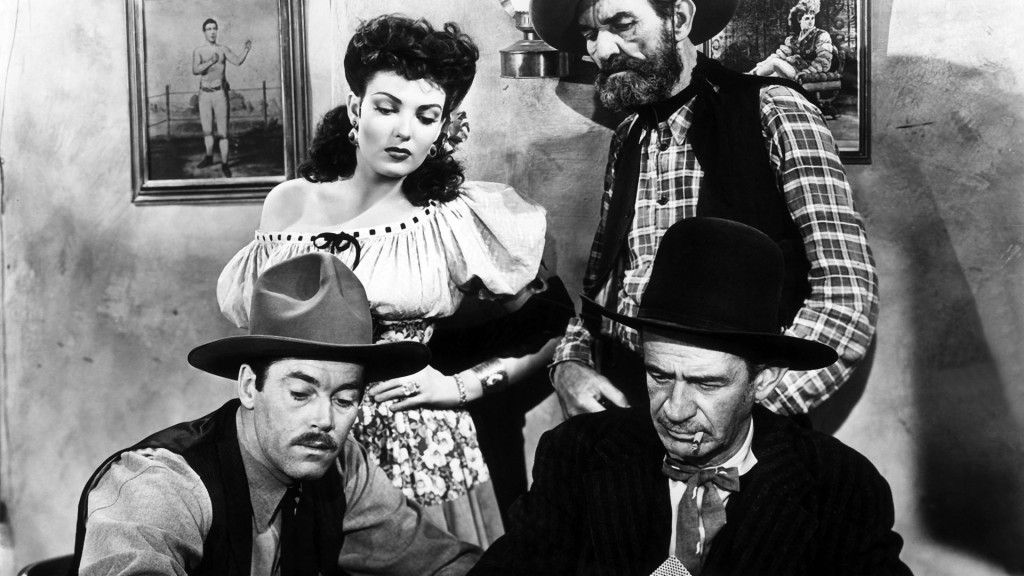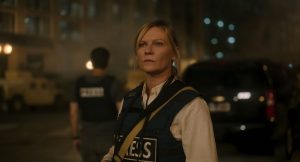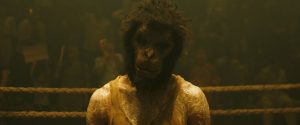Reviews include Civil War, In Flames, and The Greatest Hits.
What’s old is new: TIFF’s “retro” Cinematheque programme
September 9, 2014

By: Adam Nayman
We’ve heard a lot the last few weeks–too much, way too much–about premieres. Toronto’s audiences have been assured that they will be the first people to see a lot of different movies, which must provide peace of mind for who knows how many men, women and children. But it used to be commonplace to see older films at the Toronto International Film Festival – and by older, I don’t mean that they’d screened the previous day in Telluride.
For instance, in 1999, the festival dedicated a Spotlight series to the work of the Japanese director Kiyoshi Kurosawa, which is how I came to see his malevolent masterpiece Cure – a movie that lodges itself in the subconscious like a piece of shrapnel. In 2002, there was a full retrospective of the films of the late, great Canadian documentarian Allan King, which provided a superb context for his comeback film Dying at Grace (2003); when the latter premiered at TIFF in 2003, I felt I was better able to parse its contents as a result of attending the previous year’s retrospective.
As the 2000s wore on, these sorts of programs – director retrospectives; national spotlights; the historically minded Canadian Open Vault series – fell away. This observation should not be mistaken for a broad criticism of TIFF’s commitment to exhibiting older movies, which continued year-round in the mid-2000s at the old Cinematheque Ontario location at the Art Gallery of Ontario, and has been ramped up in the past half-decade or so by the construction of the TIFF Bell Lightbox. Having five screens going instead of one is a good way to show more old movies. What’s interesting is the tacit suggestion that the 10 days of TIFF, when the eyes of the film world are fixed on the intersection of King and John, are a time for novelty – for movies that are as new as humanly possible – while the rest of the calendar year is better suited to taking a backwards glance.
There is of course one big exception to this dynamic: the TIFF Cinematheque programme, which began in 2012 and is devoted to free screenings of older titles. In that first year, I was invited to present a beautiful restoration of Roman Polanski’s Tess, and about halfway through the film, I realized how odd it was to be watching something with such a classical look in the midst of otherwise exclusively new movies. Odd, but also refreshing, since Tess was not a movie in need of discovering or else jockeying for awards-season positioning (it lost the Best Picture Oscar to Robert Redford’s Ordinary People almost thirty-five years ago). The other movies selected that year were Robert Rossellini’s Stromboli, Larry Kent’s The Bitter Ash, Ritwik Ghatak’s The Cloud-Capped Star, the omnibus documentary Far From Vietnam, and Alfred Hitchock’s Dial M For Murder – a varied and nutritious spread of films hailing from a variety of times and places.
“I think that the older movies go a long way to informing the [new] movies that people are watching,” says Brad Deane, one of TIFF Cinematheque’s curators (and one of the Managers of Film Programmes at TIFF Bell Lightbox”). “It’s fun to see how the TIFF Cinematheque selections relate to newer movies in the festival.” One example Deane cites is John Ford’s crystalline Western My Darling Clementine, which he says provides an interesting lens through which to view Portuguese auteur Pedro Costa’s new Horse Money; he also connects Nagisa Oshima’s Cruel Story of Youth to the new short film by Claire Denis. Another link that came to mind for me was the one between John Paizs’ indelible lo-fi debut feature Crime Wave (1985) – at the time, the weirdest movie ever to come out of Winnipeg, anticipating and influencing the output of Guy Maddin – and Jeffrey St. Jules’ new Bang Bang Baby, a similarly collagist work drawing inspiration from a variety of pulp-fiction source material. It’s also intriguing that the programme includes a restored version of Atom Egoyan’s fine Speaking Parts (1989) considering the exclusion of his new Cannes 2014 entry The Captive from the selection; Egoyan, who is surely one of the most eloquent Canadian filmmakers when it comes to talking about cinema (and not only his own) will be present for a Q&A.
Ideally, the upshot of the TIFF Cinematheque programme is that it will inspire local moviegoers to come out for more of the same after the calendar flips to October and beyond, which will in turn hypothetically build a bigger audience for the next set of old movies at next year’s festival. The rationale is sound, and yet it seems to me that allotting space for less than ten movies made before 2014 at an event that screens over 280 features is miserly. Nobody is suggesting that TIFF transform itself into a classic film festival, or take its cues from, say, Locarno, which is much smaller and less industry-driven – and thus able to showcase a pristine collection of Ernst Lubitsch movies (as they did when I was there in 2010) or present screenings of their competition juror’s works alongside the films they’re judging. But I can’t help but think that a slightly bigger gesture towards the past, whether it’s expanding the size of the Cinematheque selection, reviving the Spotlight series, or even just re-opening that rusty old Canadian Vault, would go a long way towards incubating the cinephiles of the future.



